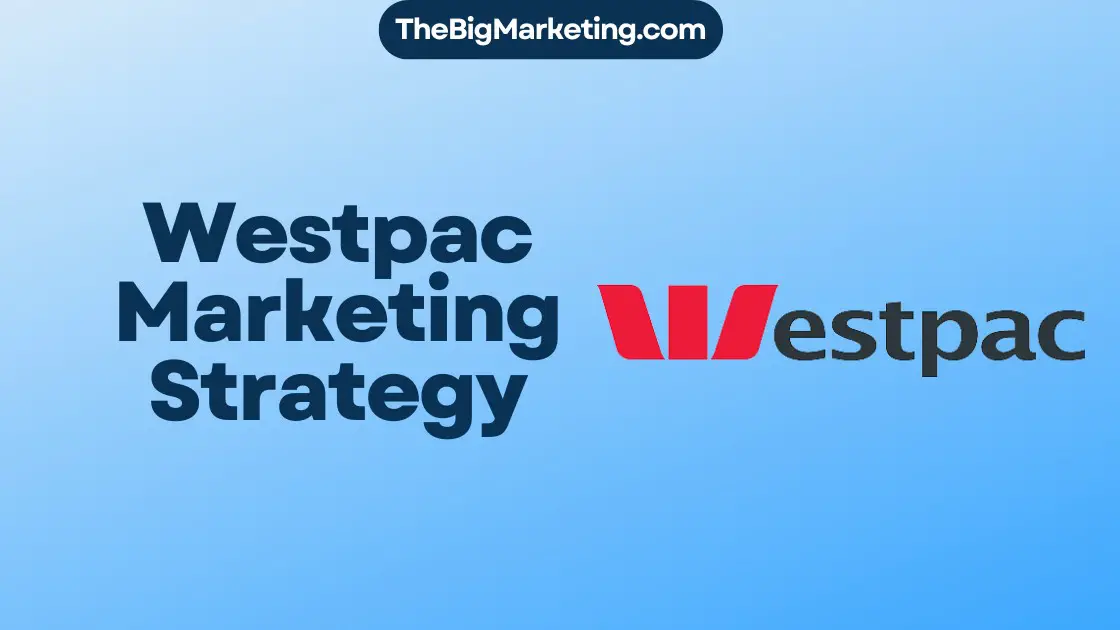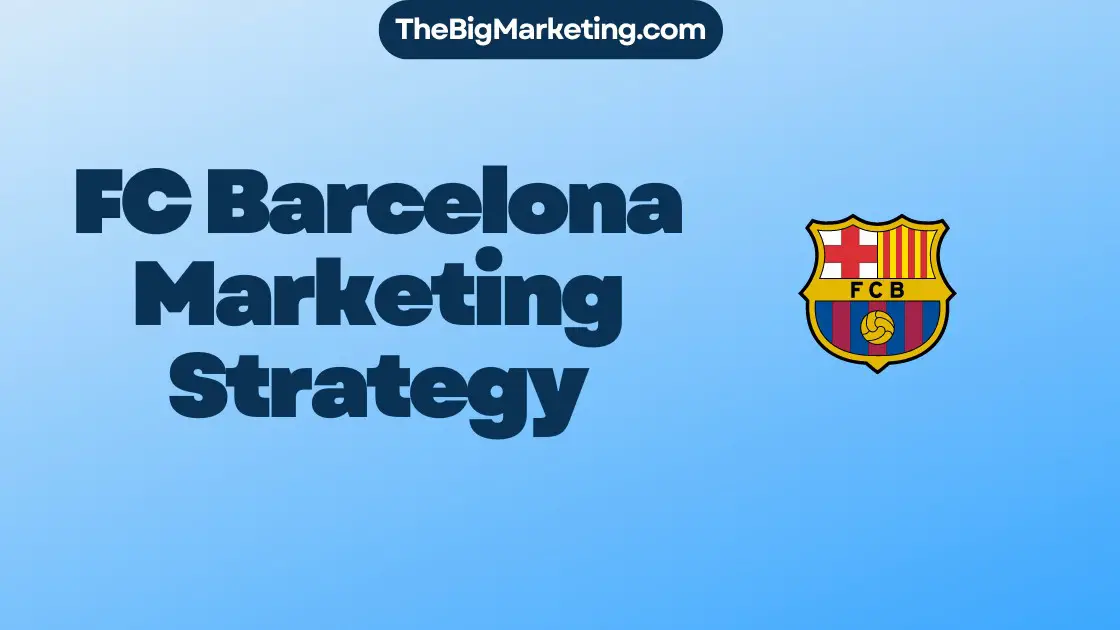Running effective Google Ads campaigns is one of the most powerful ways to attract new customers and grow your business. With millions of daily searches, Google provides you the opportunity to place your business in front of potential customers at the exact moment they’re looking for your products or services. However, managing Google Ads can get complicated quickly.
If you want to maximize your Google Ads investment, you need to approach it with a solid management strategy. In this guide, you’ll discover the essentials of Google Ads management to optimize your campaigns and get the best possible return on investment (ROI).
Understand Your Goals
Before looking for service providers like Google Ads agency CLIQ, the first step in managing your ads effectively is understanding what you want to achieve. Google Ads allows you to create campaigns tailored to different business goals. Do you want to drive traffic to your website? Are you looking to increase sales or generate leads? Knowing your objectives will help you structure your campaigns correctly and track the right metrics.
Choose the Right Campaign Type
Google Ads offers various campaign types, and choosing the right one depends on your objectives. The most common types include:
- Search campaigns: These ads appear when someone searches for terms related to your business. They’re text-based and show up in Google’s search results.
- Display campaigns: These ads are more visual and appear across the Google Display Network, which includes millions of websites and apps. Display campaigns are great for increasing brand awareness and reaching potential customers earlier in the buying process.
- Video campaigns: These ads are displayed on YouTube and other video platforms. Video campaigns can help you build brand recognition, engage viewers, and share your message in a more interactive and visual way.
Selecting the right campaign type is critical for hitting your goals, especially if you want to expand your reach. For example, if you’re focused on increasing e-commerce sales, shopping campaigns might be the best fit. If you’re aiming to boost brand awareness, Display or Video campaigns may be more effective.
Keyword Research is Key
One of the most important aspects of Google Ads management is selecting the right keywords. Keywords determine when your ads appear in search results, so you need to choose terms that potential customers are actively searching for.
Start by brainstorming keywords that relate to your business. Think like your customer—what words or phrases would they use to find your product or service? Once you have a list, use Google’s Keyword Planner tool to find data on search volume, competition, and estimated cost-per-click (CPC) for each keyword. This tool can also suggest additional keywords you may not have considered.
Use Negative Keywords
Just as important as selecting the right keywords is identifying the keywords you don’t want to trigger your ads. These are called negative keywords, and they help you prevent wasting your ad budget on irrelevant clicks.
For instance, if you sell luxury watches, you may want to exclude keywords like “cheap watches” or “affordable watches.” Adding negative keywords to your campaigns ensures that your ads don’t appear for searches that are unlikely to lead to a sale.
Craft Compelling Ad Copy
Effective ad copy is critical in managing Google ads. Your ads need to be compelling enough to stand out in the search results and entice users to click.
Each ad typically consists of a headline, a description, and a URL. Here’s how you can optimize these elements:
- Headlines: Use strong, action-oriented language that grabs attention. Include your keywords in the headline to increase relevancy.
- Descriptions: Be clear about what you’re offering. Highlight unique selling points, like free shipping or a discount, to make your offer more enticing.
- URL: Ensure your URL is clean and descriptive. Google allows you to add a display URL that can differ from your actual website link. Use this feature to include keywords and make it clear what users can expect.
It’s also a good idea to create multiple versions of your ad campaigns. Google Ads allows you to run A/B tests by creating several variations and seeing which ones perform best.

Optimize Your Landing Pages
Once someone clicks on your ad, they’re taken to a landing page on your website. This page is just as important as the ad itself because it determines whether the visitor converts. A well-optimized landing page can dramatically increase your chances of turning clicks into customers.
Monitor Performance and Adjust
Google Ads management doesn’t stop after you launch your campaign. Continuous monitoring is essential to ensure your ads are performing well. You should be reviewing key metrics like click-through rate (CTR), cost-per-click (CPC), conversion rates, and return on ad spend (ROAS).
When it comes to ad performance, look for patterns. Are certain keywords performing better than others? Are some ads driving more conversions? Based on this data, make adjustments. You may want to increase the budget for successful Google ads campaign or pause underperforming ads.
Conclusion
Effective Google Ads management can help businesses achieve their marketing goals. Following the tips in this guide will help you create and optimize your campaigns for maximum success. Remember to track your results, monitor your keywords, and adjust as needed.





